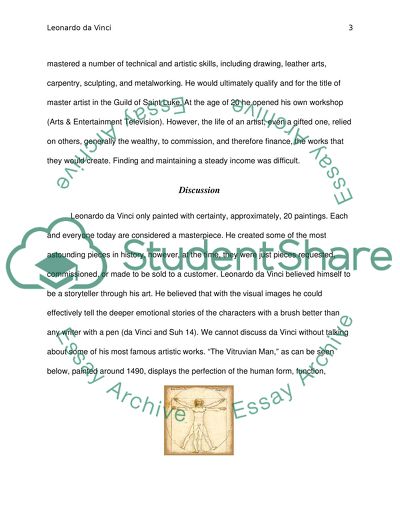Cite this document
(“Leonardo da Vinci: A Man Far Ahead of His Time Research Paper”, n.d.)
Retrieved from https://studentshare.org/visual-arts-film-studies/1491032-leonardo-da-vinci
Retrieved from https://studentshare.org/visual-arts-film-studies/1491032-leonardo-da-vinci
(Leonardo Da Vinci: A Man Far Ahead of His Time Research Paper)
https://studentshare.org/visual-arts-film-studies/1491032-leonardo-da-vinci.
https://studentshare.org/visual-arts-film-studies/1491032-leonardo-da-vinci.
“Leonardo Da Vinci: A Man Far Ahead of His Time Research Paper”, n.d. https://studentshare.org/visual-arts-film-studies/1491032-leonardo-da-vinci.


